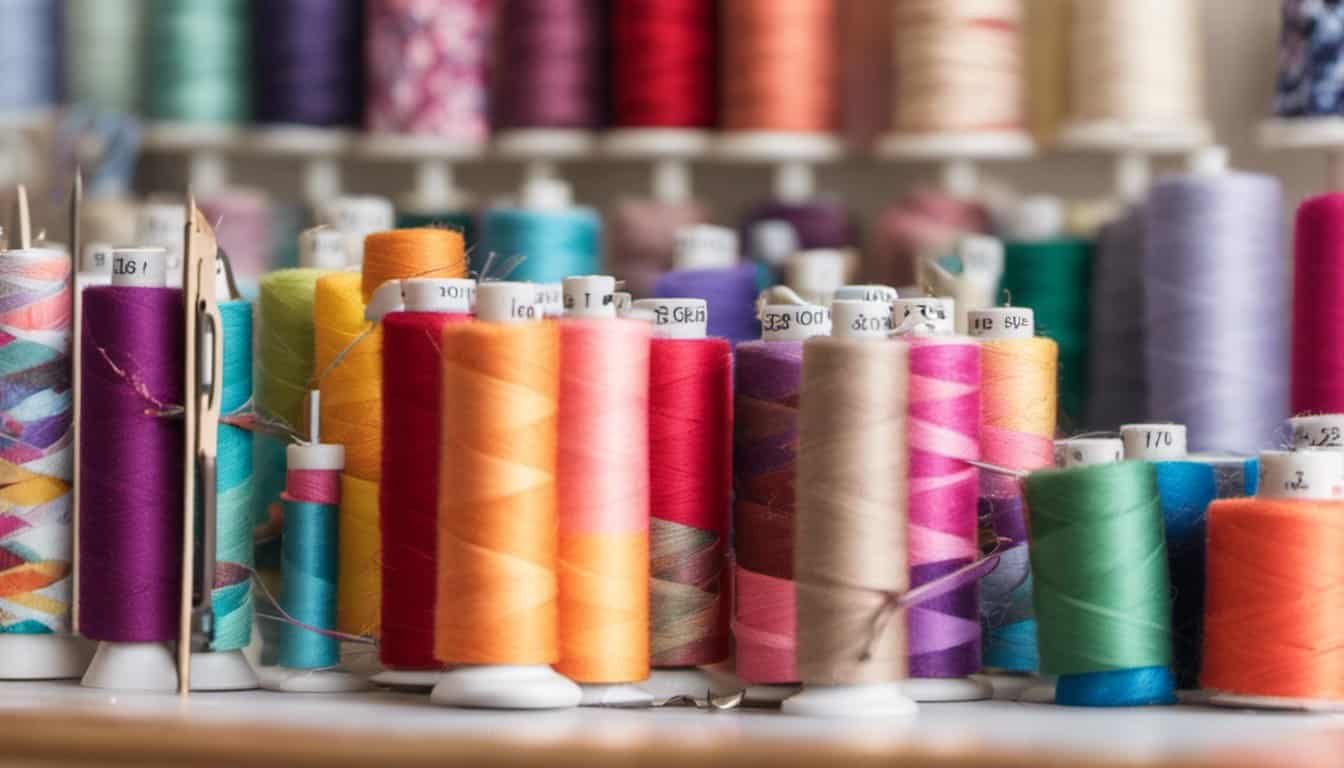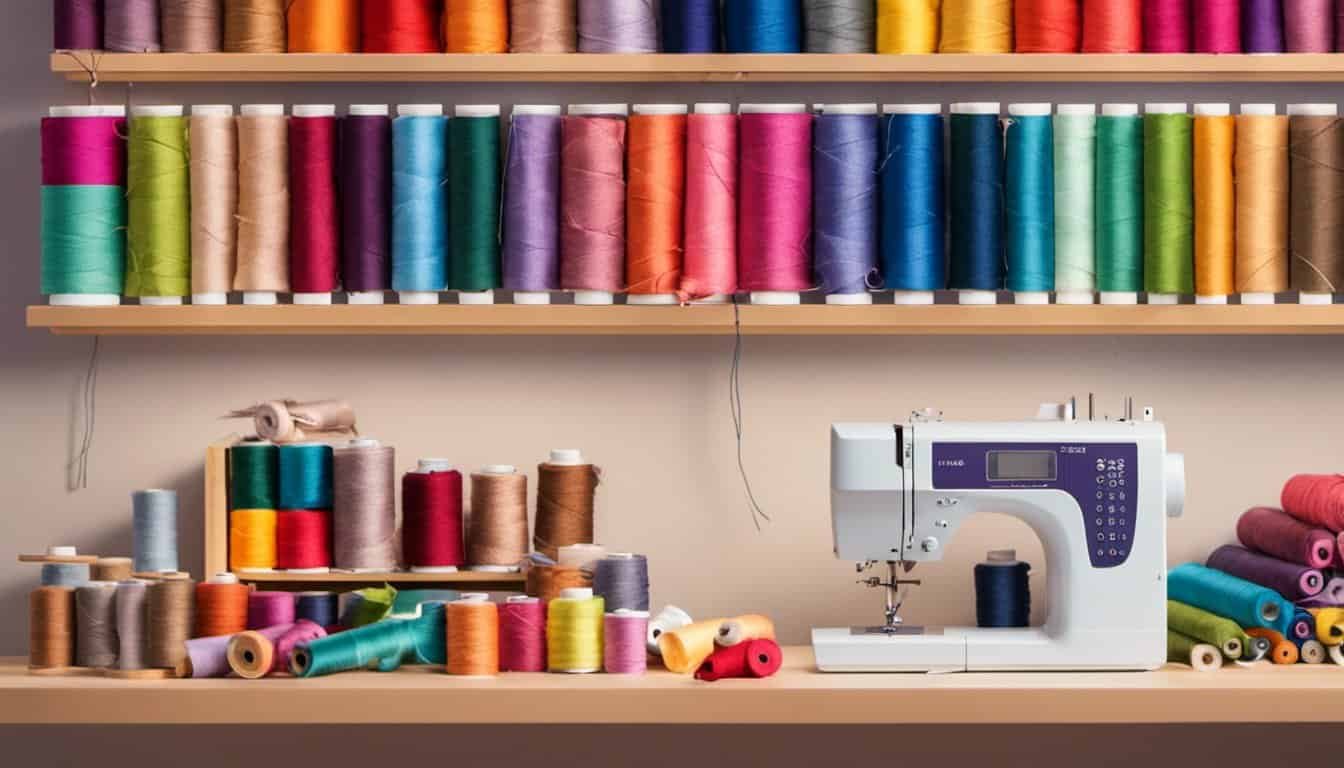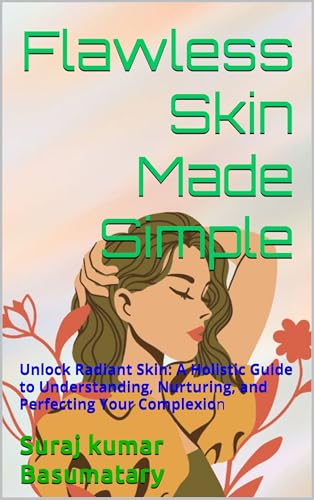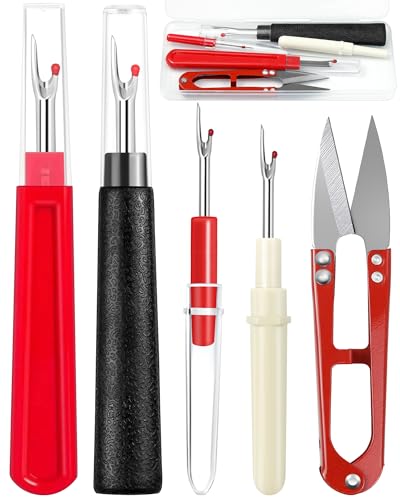Crafting the perfect fit can transform how you feel in your clothes. I’ve always believed that understanding lengthening patterns is key to customizing your wardrobe just right.
Whether you’re tweaking a favorite pair of jeans or altering a dress for that perfect silhouette, the right techniques make all the difference. Let me share some of my top tips to help you achieve custom fits that not only look great but also feel uniquely yours.
With a few simple adjustments, you can elevate your style and ensure every outfit fits like it was made just for you. Let’s dive into the world of lengthening patterns and unlock the secrets to a flawless fit.
Understanding Lengthening Patterns
Lengthening patterns involve modifying garment designs to achieve a customized fit. These adjustments ensure clothes accommodate individual body measurements accurately.
Key Techniques for Lengthening Patterns
- Adjusting Seam Lines: Modify existing seams to add length where necessary.
- Adding Fabric Inserts: Incorporate additional fabric sections to extend garment length.
- Altering Hem Lines: Change the hem position to achieve the desired length.
- Extending Sleeves: Lengthen sleeve patterns to fit longer arms.
Considerations for Effective Lengthening
- Fabric Type: Select fabrics that maintain integrity when altered.
- Pattern Compatibility: Ensure pattern modifications align with the garment’s structure.
- Proportion Balance: Maintain visual balance by appropriately scaling all garment parts.
- Ease of Movement: Guarantee that length adjustments do not hinder mobility.
Common Challenges and Solutions
| Challenge | Solution |
|---|---|
| Fabric Stretchiness | Choose stable materials or reinforce seams |
| Pattern Alignment | Use pattern blocks to guide accurate changes |
| Visual Consistency | Match fabric patterns and textures precisely |
Tools and Resources
- Measuring Tape: Essential for accurate length measurements.
- Pattern Grading Software: Facilitates precise pattern adjustments.
- Sewing Machine: Ensures clean and consistent alterations.
- Tailoring Guides: Provide step-by-step instructions for complex modifications.
Understanding these aspects of lengthening patterns enhances your ability to create garments that fit perfectly and reflect personal style.
Benefits of Custom Fits
Custom fits transform garments to match individual measurements precisely. They offer distinct advantages in comfort and appearance.
Enhanced Comfort
Custom fits ensure garments align with body measurements, promoting unrestricted movement. Tailored adjustments accommodate unique proportions, reducing tightness and excess fabric. This precision minimizes discomfort during daily activities and enhances overall wearability.
Improved Aesthetics
Personalized fits highlight the body’s natural lines, creating a flattering silhouette. Adjusted seams and lengths eliminate awkward bunching, resulting in a polished look. Customization allows for design elements that complement individual styles, elevating the garment’s visual appeal.
Tips for Selecting Lengthening Patterns
Selecting the right lengthening patterns ensures your garments fit perfectly and look tailored. Here are key tips to guide your choices.
Assessing Body Measurements
Accurate measurements are crucial for customized fits. Begin by measuring your waist, hips, inseam, and sleeve length. Use a flexible measuring tape for precision. Record each measurement in inches or centimeters. Compare your measurements to the pattern’s sizing chart. Adjust the pattern accordingly to match your proportions. Ensure symmetry by double-checking each measurement before making alterations.
Choosing Appropriate Fabrics
Selecting the right fabric affects the success of lengthening patterns. Opt for fabrics with some stretch, like elastane blends, to accommodate additional length. Prefer medium-weight materials such as cotton, linen, or wool for easier manipulation. Avoid heavily textured or rigid fabrics that complicate adjustments. Consider fabric drape and how it complements the garment’s design. Choose colors and patterns that align with your personal style and the intended garment use.
Implementing Custom Fit Adjustments
Achieving a custom fit involves precise adjustments to garment patterns. I focus on key techniques to tailor pieces perfectly.
Altering Seam Lines
Adjusting seam lines enhances garment fit and structure. I relocate seams to match body contours, ensuring alignment with natural lines. If the garment requires more room, I add seam allowances at critical points like the waist or hips. Techniques include:
- Side Seams: Shift inward to accommodate broader hips.
- Darts: Add or modify darts to refine the torso fit.
- Princess Seams: Incorporate princess seams for a tailored silhouette.
Using flat-felled seams provides durability and a clean finish, essential for professional-looking adjustments.

Hemming Techniques
Proper hemming ensures garments fall correctly and maintain their shape. I use specific hemming methods based on fabric type and desired finish:
- Double Fold Hem: Ideal for jeans and sturdy fabrics, involves folding the fabric twice and stitching for a durable edge.
- Blind Hem: Suitable for dress pants and skirts, hides stitching for a seamless appearance.
- Rolled Hem: Best for lightweight fabrics like chiffon, creates a narrow, delicate finish.
Measuring accurately and maintaining consistent stitch length are crucial for uniform hems. Pressing the hem before stitching ensures a crisp, professional look.
Common Mistakes to Avoid
- Inaccurate Measurements
Taking precise measurements ensures garments fit correctly, measuring incorrectly leads to size discrepancies.
- Wrong Fabric Selection
Choosing suitable fabrics makes adjustments easier, selecting unsuitable materials complicates modifications.
- Neglecting Pattern Alignment
Properly aligning pattern pieces maintains design consistency, misaligning patterns disrupts garment structure.
- Improper Seam Adjustments
« Master Topstitching: What Is Topstitching and How to Do It Right Like a Pro
How to Sew Pleats: A Step-by-Step Tutorial to Transform Your Wardrobe »
Adjusting seams correctly enhances fit and comfort, failing to adjust seams results in poor shaping.
- Faulty Hemming Techniques
Using correct hemming methods ensures durability and appearance, improper hemming causes uneven edges or unraveling.
Recommended Tools and Resources
To achieve precise custom fits, I rely on essential tools and resources that streamline the lengthening process:
- Measuring Tape: Accurate measurements are crucial. I use a 150cm flexible measuring tape to measure waist, hips, inseam, and sleeve lengths, ensuring each garment fits perfectly.
- Pattern Grading Software: Software like Adobe Illustrator and specialized pattern grading tools enable me to adjust patterns efficiently. These tools maintain pattern integrity while scaling dimensions to match individual measurements.
- Sewing Machine: A high-quality sewing machine, such as the Brother CS6000i, provides durability and precision. It handles various fabric types, ensuring smooth seam adjustments and hemming.
- Tailoring Guides: Comprehensive guides, including books like “The Complete Guide to Sewing,” offer step-by-step instructions. They reference standardized sizing charts and advanced tailoring techniques to enhance custom fit accuracy.
- Cutting Tools: Sharp fabric scissors and rotary cutters facilitate clean and precise fabric adjustments. A cutting mat ensures accurate measurements and protects surfaces during the cutting process.
- Marking Tools: Chalk pencils and fabric markers allow me to trace pattern alterations directly onto the fabric. These tools ensure modifications are visible and accurately placed before sewing.
- Notcher and Seam Ripper: A notcher helps create precise notches for seam alignment, while a seam ripper corrects any stitching errors. These tools maintain the garment’s structure during adjustments.
- Iron and Ironing Board: Pressing seams and hems is essential for a professional finish. A reliable iron and sturdy ironing board help set stitches and smooth fabric after alterations.
- Fabric Stabilizers: Stabilizers prevent fabric distortion during sewing. They are especially useful when working with delicate or stretchy materials, ensuring the garment maintains its intended shape.
- Storage Solutions: Organized storage for patterns, tools, and materials keeps the workspace efficient. I use labeled containers and shelves to quickly access necessary items during the customization process.
Utilizing these tools and resources enhances my ability to execute precise lengthening patterns, resulting in garments that fit flawlessly and reflect personal style.
Conclusion
Creating custom fits is such a rewarding experience. I love seeing how simple adjustments can transform a garment to perfectly match my style and body. Experimenting with lengthening patterns has opened up a world of possibilities in my wardrobe. It’s empowering to know I can tailor my clothes to fit just right and feel comfortable all day long. Whether you’re a seasoned sewer or just starting out, diving into custom fits can make your outfits truly unique. Happy tailoring!


















